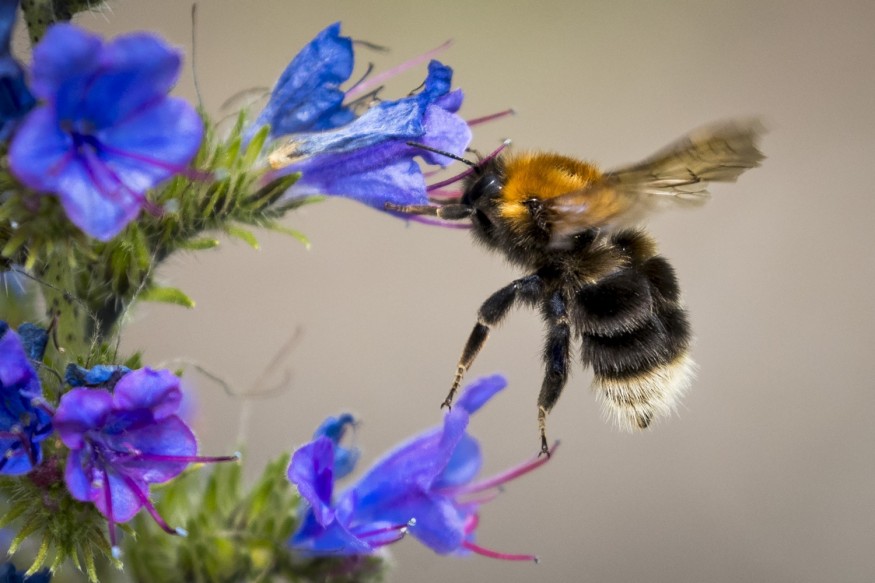The mystery of Earth's species is important in the scientific field. It is not always that a new and rare species of bee could be discovered. Scientists have been working hard to unlock many unknown species on the planet.

Recently, a new study reported finding a new native bee species in Perth bushland. The discovery could be helpful because bees play a significant role in pollination.
Bees as key pollinators
Bees are considered important to the planet, from animals and plants. The UN Environment Program recognized bees' global contributions as a pollinator, noting that Bees are also important for humans' survival.
The UN Environment Programme noted that bee pollinators are significant to food security. With pollination, crops and plants can reproduce, which is important to the food chain.
Besides pollination, the UN report emphasized that bees are also a source of livelihood for many. It is a source of income for rural residents, producing high-quality honey and jelly.
Despite their contribution to the planet, environmentalists have raised concerns over the bee population's threat. The UN said that human activities threaten the bees.
The UN Environment Programme shared that the populations have been under threat due to air pollution, the use of pesticides, habitat loss, and climate change.
As a result, May 20 is declared World Bee day, according to the UN. The event recognizes the importance of bees in the environment as key pollinators and raises awareness for the preservation and conservation of New bee species bees.
New bee species
According to the research, discovering a new bee could help understand its role in the environment.
The study was published in the Hymenoptera Research Journal and is available on the Phys.org website.
The study's author Dr. Kit Prendergast explained that the new specie was named after a pet dog Zephyr. The author noted that the new rare bee species had a look-like dog snout. Prendergast is part of Curtin School of Molecular and Life Sciences.
With the DNA barcoding, the author added that the study confirmed that the new species was somehow similar to Leioproctus, which is still unidentified.
The research is important to the conservation efforts of bees in the environment, especially as key players in pollination.
The author added that she wondered about the unusual face of the bees. As a result, she conducted research to identify the bees.
When the author conducted the research, she discovered that the bees had no matched species.
Then, the author looked into the WA Museum's Entomology collection, where they found specimens of the same bees in 1979.
However, the author added that the bees were yet to be scientifically described. She noted that many species of insects, including bees, are yet to describe scientifically.
Ultimately, the author shared that the new species of bees were restricted in some areas. She noted that she found bees in five urban bushlands, adding that the bees could not be seen in residential gardens.
The research hoped to conserve the bees.
For more similar, don't forget to follow Nature World News.
© 2026 NatureWorldNews.com All rights reserved. Do not reproduce without permission.





